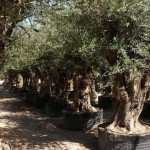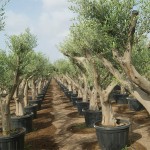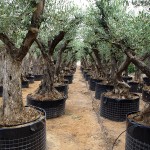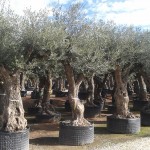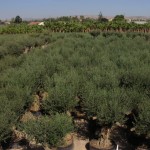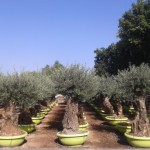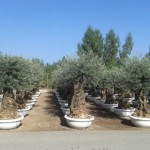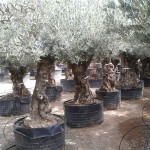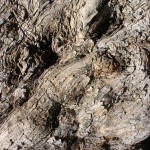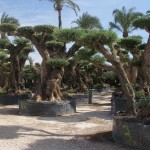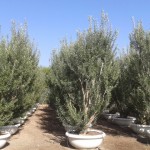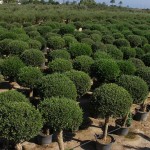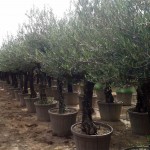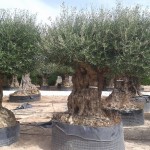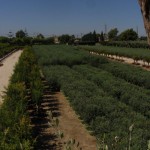OLEA EUROPAEA
Family: Oleaceae
Common name: olive, olive tree, olives, olive grove, olea europaea
Origin: Mediterranean region. It is very common to see a large number of olive trees fields in this area.
Etymology: Olea (from the Latin) meaning oil, due to its fruit, and Europaaea referring to its origin.
Minimum Temperature: -12 ° C
The Olive tree or Olea Europaea is a typical Mediterranean species. This tree has been the principal substitute of the prunus dulcis in the nurseries tree sales, due to its resistance to abrupt changes of weather. Moreover, it can also perfectly stand drip irrigation, so considering the situation of drought that we are having nowadays, this tree is more profitable to cultivate than others.
One of the great features of the olive tree is the great height that it can reach, as this evergreen tree can reach even 15 meters height. Its crown allows also to be pruned in different and original ways, making the olive tree to be coveted as ornamental plant for original gardens. In addition, it can also be said that each tree is unique, because the trunk of an olive tree can take strange and beautiful shapes at the same time. It is for this reason that this species is often used as an ornamental tree, although it has to be considered that in this case it will need a different care and pruning.
The olive tree can be considered 100% a Mediterranean tree. It can easily adapt to various climates, but this area is the best place for its growing, especially because the Mediterranean area has a stable weather and the olive tree is sensitive to frost.
The olive tree is a common Mediterranean species adapted to the climate of the area, and it is part of the Iberian Peninsula landscapes as a Mediterranean culture and ecosystems element. Despite the fact it is a rustic species, the olive tree has also a number of requirements that limit its distribution areas to Mediterranean climate ones. It is sensitive to frost, although it can withstand temperatures to -10 ° C, depending on the varietal characteristic of the tree. High temperatures are detrimental for Olea europaea trees, especially during the blooming period.
The Olea europaea is a plant avid of light, so that a deficiency of this one will reduce the flowers growth or induce them to be unviable, due to the elements absorption deficiency in the leaf axils.
It is a rustic plant willing to grow in poor soils and that withstands drought. It has also a good resistance for transplantation and clipping. The olive tree is cultivated for oil extraction and used as ornamental plant, usually as an isolated specimen.
There is a big variety of olive trees, such as the POMPON olive tree, the BALL olive tree, the CHUPA-CHUPS olive tree or the most common one, the PROVINCIAL olive tree. All of them have some special features that make them different.






